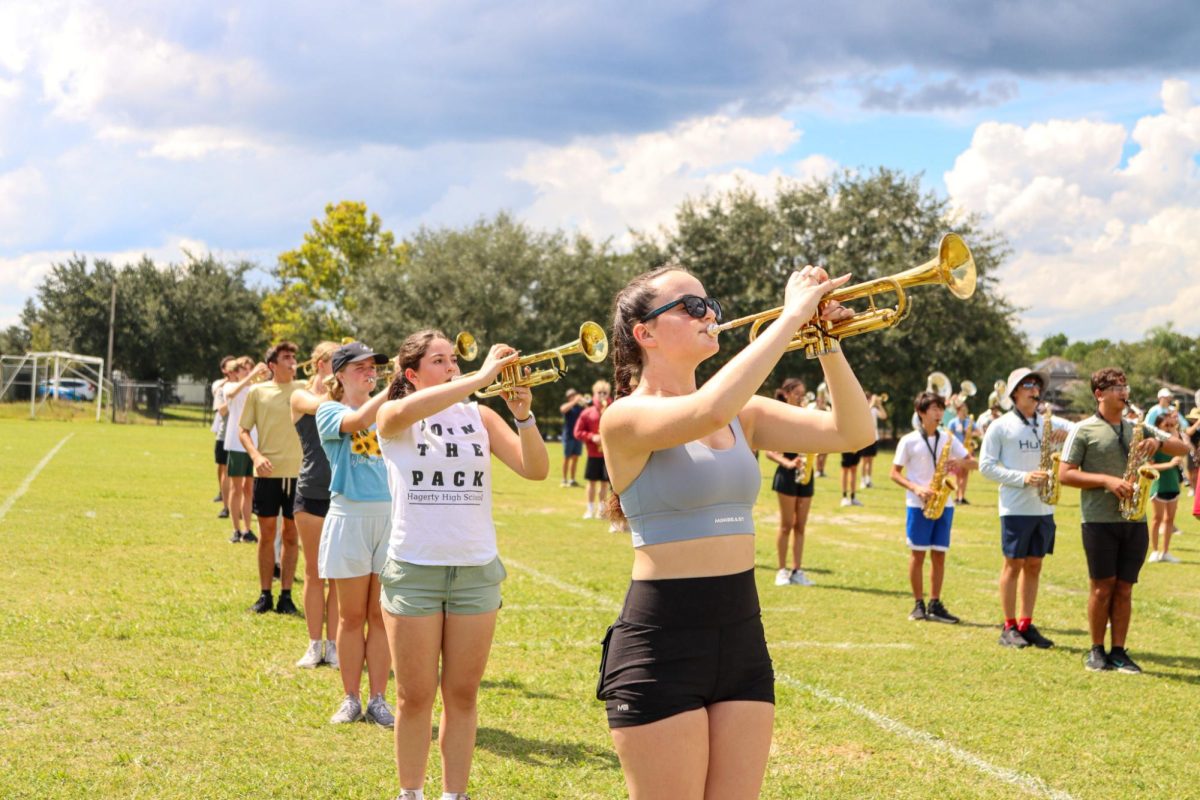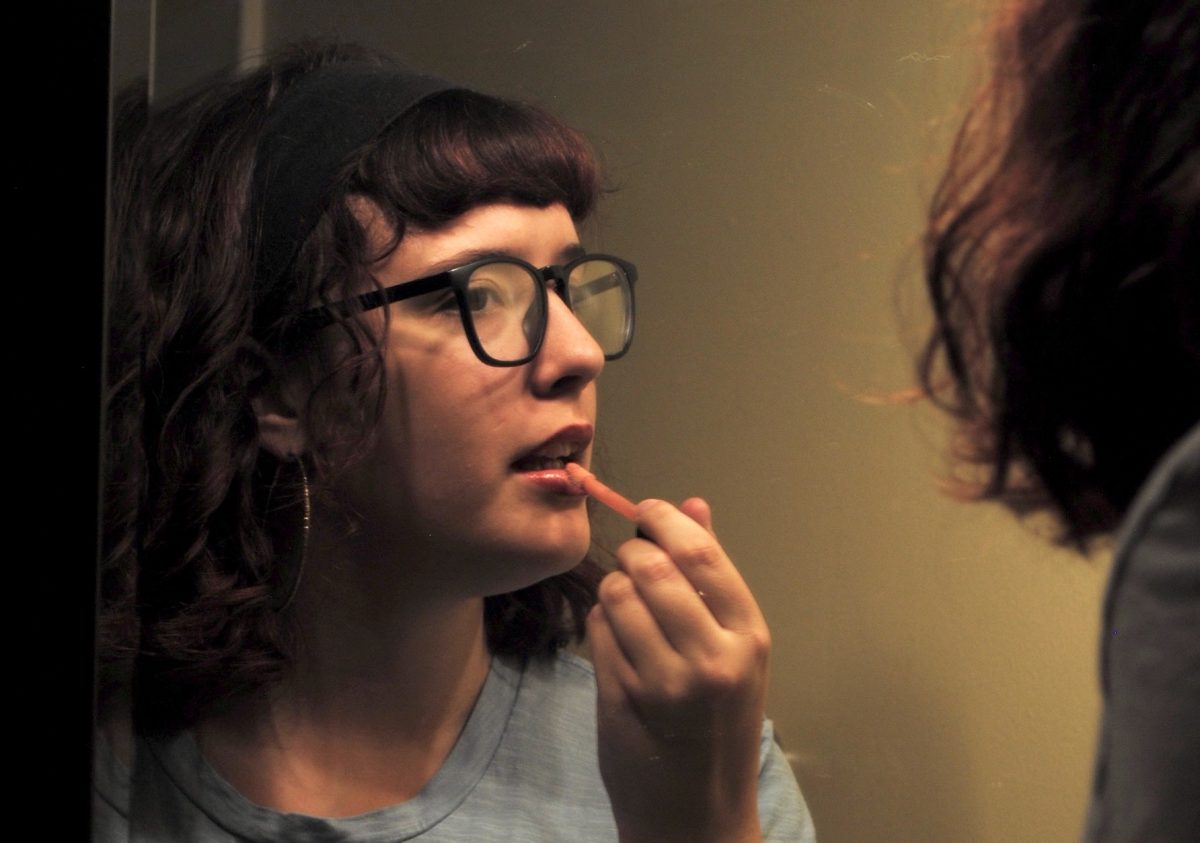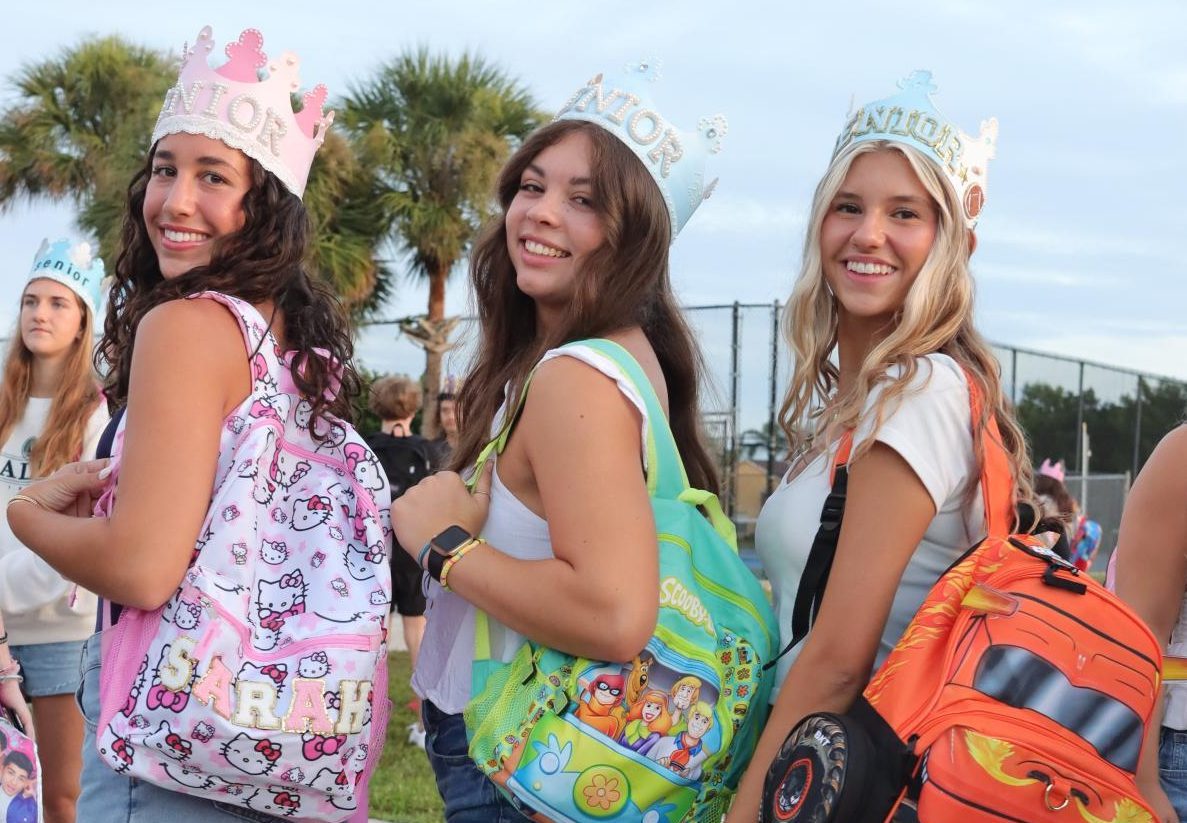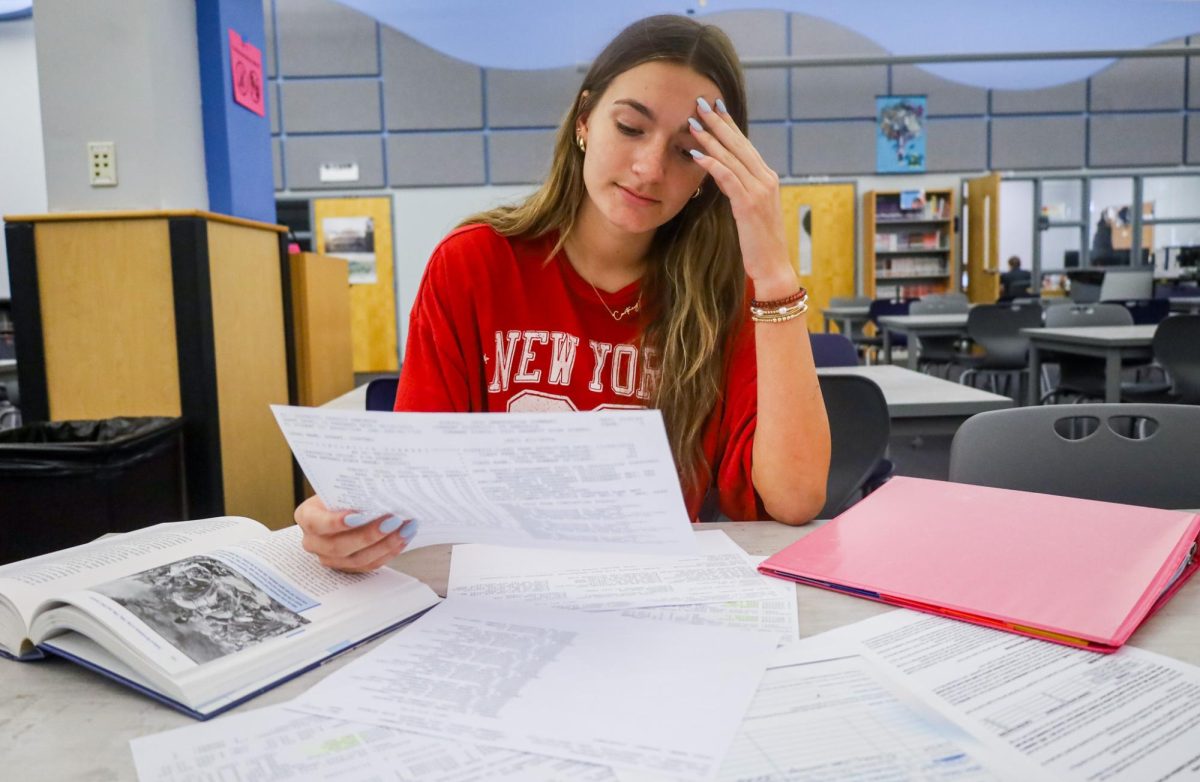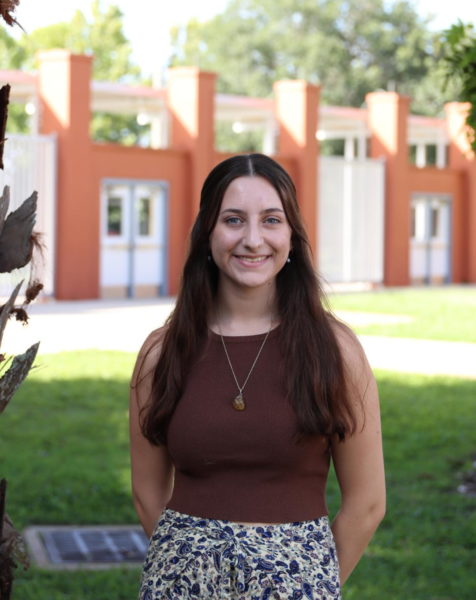Race, ethnicity and demographics can be easily measured through surveys and analytics.
What can’t be as easily collected is how these shifts over time or demographic differences impact minority students.
“I used to go to school with a more diverse community, but there was a lot less safety within the school,” senior Mariam Al Lebban, who was born in Iraq, said. “Even though there is less diversity at Hagerty, the safety here is a lot better and I have more positive interactions with most people than the ones I had in my old school, even though a lot of people came from the same background.”
According to 2023 school year surveys, over 60% of Hagerty’s student population is white, but this number has declined steadily over recent years. In comparison to last school year, the white population has dropped 3%. While this is still a significant majority, many minority students have fostered communities within the campus and have seen their populations grow.
Population shifts
According to senior Marlene Bekheit, president of the Coptic Youth Society, she has seen the Egyptian and Copt community “more than double” from her freshman year.
“I do find many people at Hagerty who share this background with me. It makes me feel a sense of belonging and a supportive social network making my experience on campus a lot better,” Bekheit said.
Like Al Lebban, Bekheit once lived in a more diverse environment in New York, until she moved in 2017. Participating in Bollywood dance groups, exploring Japanese cuisine and celebrating Chinese New Year, Bekheit misses these once daily aspects of her life.
“The thing that I miss most about that atmosphere is the constant exposure to new cultures,” Bekheit said. “As a community, Hagerty needs to continue on this path of inclusivity by acknowledging the school is more diverse than we realize and integrating this into our daily school lives.”
For junior Valeria Romero, who is of Honduran and Chilean descent, and senior Sofia Fuentes, who shares Puerto Rican, Ecuadorian, Salvadoran and Honduran heritage, they have seen some growth in Hagerty’s Hispanic community. Currently making up 22.73% of the school population, the Hispanic student population has seen an almost 2% increase from last year.
“I do feel like a lot of people at Hagerty are Hispanic, and it makes me feel more included because some of my friends share the same experiences that I do,” Romero said. “Now that I think about it, a lot of transfers or new people that I know have been people of color.”
However, these changes have not made a large impact on all students. For Fuentes, who is president of the Hispanic Student Union, she addresses how school-wide celebrations and publicity can warp perspectives on the campus demographics.
“I think the clubs are the reason why there is so much more involvement. The morning announcements, chalk art in front of the school and stories in the newspaper—they make the campus feel more diverse than it actually is,” Fuentes said.
Increased awareness
Through the school’s recent diversity initiatives, more emphasis has been put on celebrating cultural heritage through monthly celebrations, activities, but most importantly, increased cultural clubs. Within the past two years, Hagerty has welcomed the creation of the Black Student Union and HSU, joining other groups such as the Asian Culture Club, CYS and Cultural Appreciation Clubs. Through this, students, such as BSU president Amy Desroches, who is Haitian, have become student leaders in these communities.
“When I was a freshman, one thing I looked forward to the most was joining a black club. But as I looked around during club crawl, I passed the Asian Culture Club and the Spanish Honor Society, but not [a] black club. From then on, I was determined to get one started at Hagerty,” Desroches said.
Room for growth
Through BSU, the black population, only making up 5.44%, has been given the space for community and camaraderie. However, these school initiatives and organizations have not necessarily been beneficial to all students.
“I see all the signs and things at school, but when it is Indian [Heritage] month, why is nothing put up at school for that?” senior Jaymen Patel, who is of Indian heritage, said. “Don’t forget about us.”
Al Lebban has also seen less administrative pushes to highlight the Muslim population at Hagerty. In addition, she has experienced multiple instances of Islamophobia and racism, whether through jokes on the bus or at lunch about her Arab and Muslim background.
“I believe people should become more educated about others’ backgrounds and not rush to make conclusions solely based on where the person came from or what religion they follow,” Al Lebban said.
Overall, whether through celebrations, clubs or events, Hagerty has had visible efforts to raise student voices and foster a campus of curiosity and learning about different backgrounds, but there is always more work to be done.
“[Ignorance] can only be solved through education,” Romero said. “I hear a lot of stereotypes being thrown around by all kinds of people and it is harmful.”
Shifts over time
Despite efforts that have been made in recent years toward inclusion efforts, Hagerty has not always had this range of student spaces. According to testing coordinator Po Dickison, who has worked at Hagerty since its opening in 2005, the demographics of Hagerty have not seen a major change, but openness to learning and cultural appreciation has grown.
“When we first started, our staff was so small and the student population was so small [so] we didn’t have anything like that,” Dickinson said. “I feel like over the years as these topics have come up, we’re like ‘Yeah, let’s have an organization or club.’”
In addition to working at Hagerty for the past 18 years, Dickinson, was the first Asian Club sponsor, before the current sponsor, Zhenzhen Zhang, stepped in. Using the club to educate students on Asian culture, Dickinson recalls her personal experiences on campus.
“I have always felt welcomed, and there are not very many Asian teachers on this campus, but I have never felt targeted or anything like that,” Dickinson said. “I love this place—I love our community and our students.”
Similar to Dickison, Pre-Calculus teacher Aglaia Christidoulides, who was born and raised in Greece, has seen conversations shift over the last 15 years that she has worked here, both within student populations and staff interactions.
“I was one of the few teachers that was not born and raised in the States and I had an accent, but now we have a lot more teachers from different backgrounds,” Christidoulides said. “I think that our students are a lot more accepting than they were—I think they’re more used to being around different types of people than they were before.”
Erin Foley, who teaches AP World and European History, has also noted a larger change in perspectives rather than demographics since her start with Hagerty in 2006.
“I have noticed from opening until now that students are much more tolerant of other cultures and religions than when I first started teaching,” Foley said. “It is nice for the students that are in those diverse groups to have a voice, but it’s also good for people to step out of Oviedo and the capacity that is Hagerty so that they can learn about different cultures and people.”
Along with her classes that focus on different cultures and their historical connections, Foley also sponsors the Muslim Student Association, which Al Lebban founded last year, which she cites as a development that would have been unimaginable in the school’s first years.
“Muslim students never would have thought about creating a student union. I asked all of the ladies, ‘Where are your families from?’ and they are from all over,” Foley said. “I think that’s really good for them as a whole to identify like, ‘Yes, we are Muslim. We are all here together.’”
In its eighteenth year of operation, it is evident that Hagerty has had an impactful progression since its opening, bringing together students and staff members alike.
“It is a job well done to see Hagerty taking a more prominent role in celebrating cultural months and embracing inclusivity, something that wasn’t as prominent when I was a sophomore,” Bekheit said.




